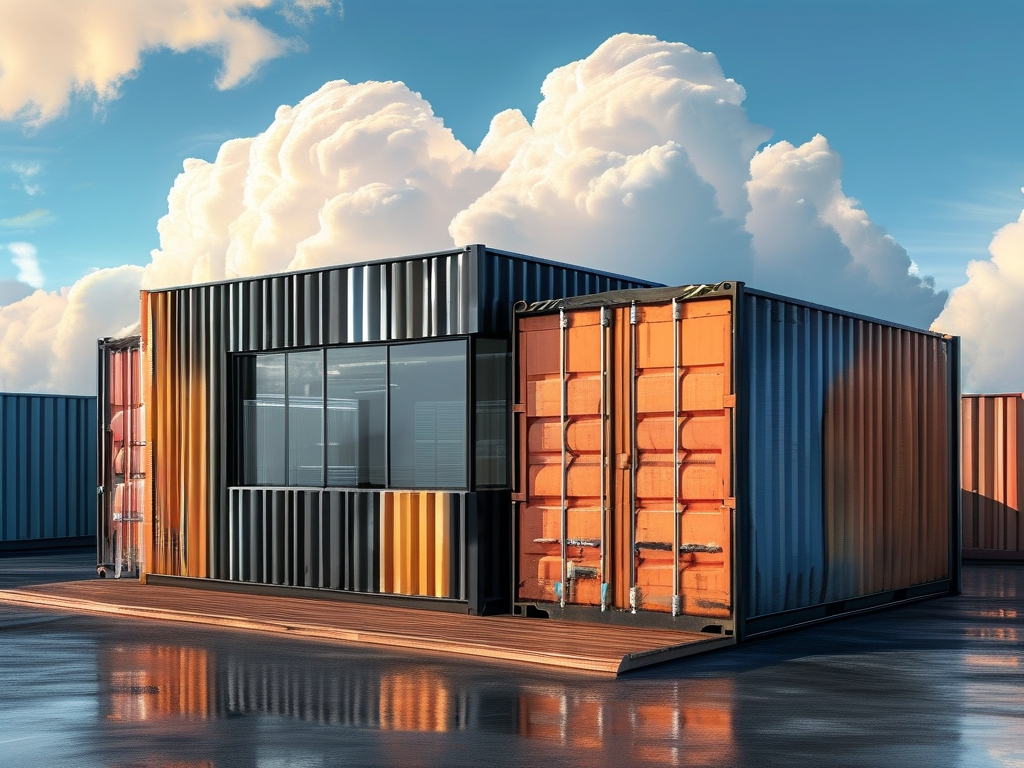The rapid evolution of cloud computing has given rise to innovative architectures designed to meet modern business demands. Among these, containerized hybrid cloud architecture has emerged as a transformative approach, blending the flexibility of containers with the scalability of hybrid cloud environments. This article explores what this architecture entails, its core components, benefits, challenges, and real-world applications.
What Is Containerized Hybrid Cloud Architecture? A containerized hybrid cloud architecture combines two critical technologies: containerization and hybrid cloud infrastructure. Containers, such as those managed by Docker or Kubernetes, encapsulate applications and their dependencies into portable, lightweight units. Hybrid cloud refers to an environment that integrates public cloud services (e.g., AWS, Azure) with private cloud or on-premises infrastructure. Together, this architecture enables seamless deployment, scaling, and management of containerized applications across multiple cloud platforms and physical data centers.
Key Components
- Container Orchestration Platforms: Tools like Kubernetes automate container deployment, scaling, and lifecycle management. They act as the "brain" of the architecture, ensuring workloads run optimally across hybrid environments.
- Hybrid Cloud Infrastructure: This includes a mix of public cloud services, private cloud resources, and legacy on-premises systems interconnected via APIs or dedicated networks.
- Unified Management Tools: Solutions like Red Hat OpenShift or VMware Tanzu provide a single pane of glass to monitor and manage containers across disparate environments.
- CI/CD Pipelines: Integration with DevOps practices ensures continuous delivery of containerized applications to hybrid clouds.
Benefits of Containerized Hybrid Cloud Architecture
- Flexibility and Portability: Containers abstract applications from underlying infrastructure, allowing them to run consistently across hybrid environments. This eliminates vendor lock-in and simplifies migration.
- Scalability: Organizations can dynamically scale workloads by leveraging public cloud resources during peak demand while maintaining sensitive data on-premises.
- Cost Efficiency: By optimizing workload placement (e.g., using public clouds for non-critical tasks and private infrastructure for compliance-heavy workloads), businesses reduce operational expenses.
- High Availability: Distributing containers across multiple clouds minimizes downtime risks. If one cloud fails, workloads automatically shift to another.
- Accelerated Innovation: Developers focus on coding rather than environment setup, thanks to standardized container templates and automated orchestration.
Challenges and Considerations
- Complex Networking: Ensuring low-latency communication between containers across hybrid environments requires robust network design and service mesh technologies (e.g., Istio).
- Security and Compliance: Data sovereignty and regulatory requirements demand strict access controls, encryption, and auditing mechanisms, especially in multi-cloud setups.
- Skill Gaps: Managing hybrid clouds and containers requires expertise in DevOps, cloud platforms, and orchestration tools-skills often in short supply.
- Cost Management: Without proper governance, sprawling container instances across clouds can lead to unexpected expenses.
Real-World Use Cases
- Financial Services: Banks use hybrid cloud containers to deploy fraud detection algorithms in public clouds while keeping customer data securely on-premises.
- E-Commerce: Retailers scale containerized microservices during holiday sales using public cloud bursts, ensuring smooth customer experiences.
- Healthcare: Hospitals process medical imaging data in private clouds for compliance but leverage public clouds for AI-driven diagnostics.
- Manufacturing: IoT data from factories is analyzed in edge-based containers, with aggregated insights sent to central hybrid cloud systems.
Future Trends As edge computing and 5G networks expand, containerized hybrid cloud architectures will evolve to support edge-to-cloud synergy. Innovations in serverless containers (e.g., AWS Fargate) and AI-driven orchestration will further simplify management. Meanwhile, industries like autonomous vehicles and smart cities will rely on this architecture for real-time, distributed processing.

Containerized hybrid cloud architecture represents the next frontier in cloud computing, offering unparalleled agility and resilience. While challenges like security and complexity persist, advancements in tools and practices are steadily addressing these hurdles. Organizations that adopt this model position themselves to thrive in an era where speed, scalability, and adaptability define competitive success. By integrating containers with hybrid clouds, businesses unlock the full potential of digital transformation-today and tomorrow.










